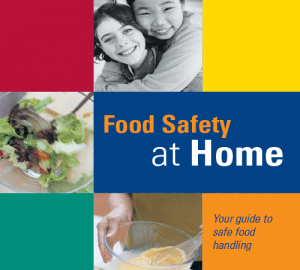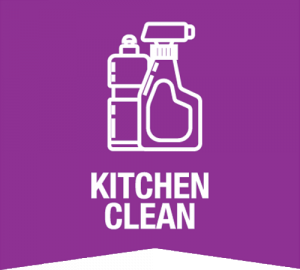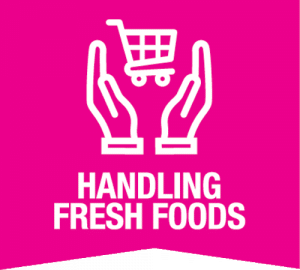CHILL: Refrigerate/freeze foods promptly. Cold temperatures can prevent most harmful bacteria from growing.
• Use the 2 Hour Rule in your home and while shopping – refrigerate or freeze all perishables within 2 hours of purchase or preparation. If the weather is hot (greater than 80°F/26°C), reduce that time to 1 hour and use a cooler for perishables.
For general kitchen hygiene tips check out the Food Safety at Home resource. Follow the basic safe food handling tenants:

- Cook – heat foods to proper temperatures
- Chill – keep perishables cold, refrigerate at 4˚C at the most
- Clean – wash your hands, and kitchen food prep surfaces and utensils well
- Separate – keep cook foods separate from raw foods, especially raw seafood, meats/poultry and eggs








